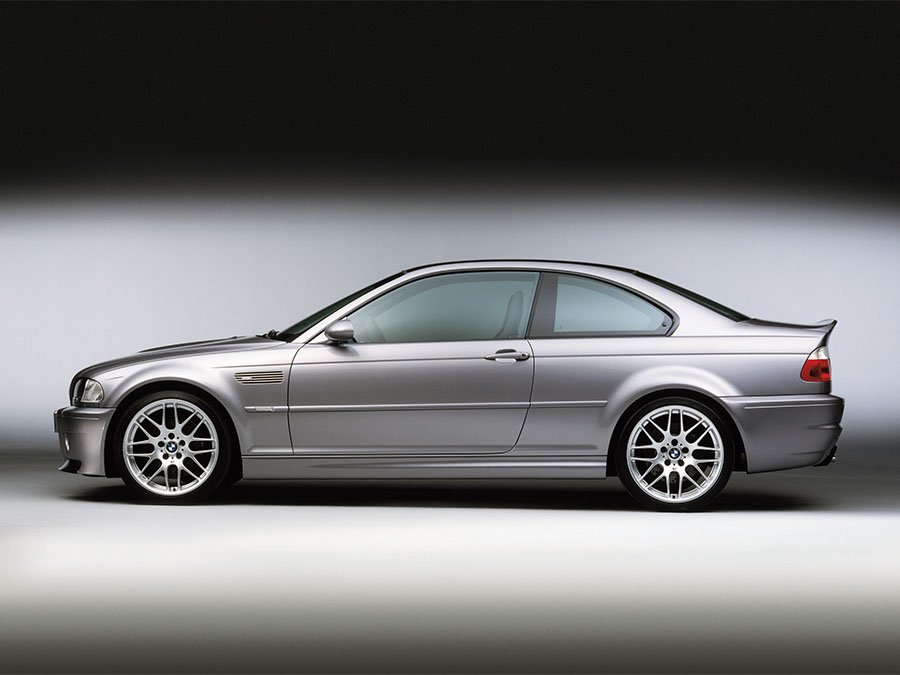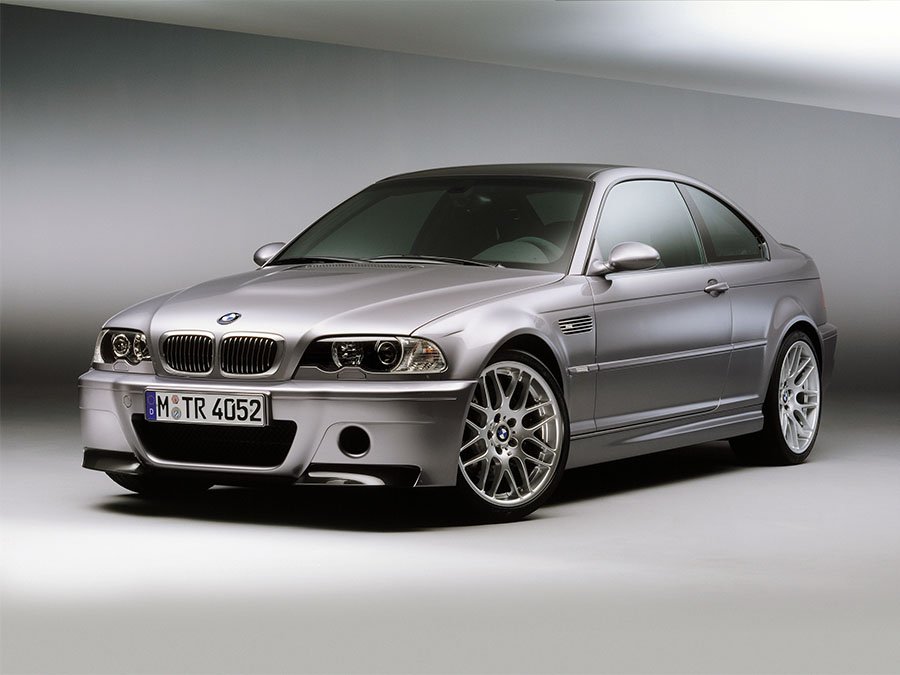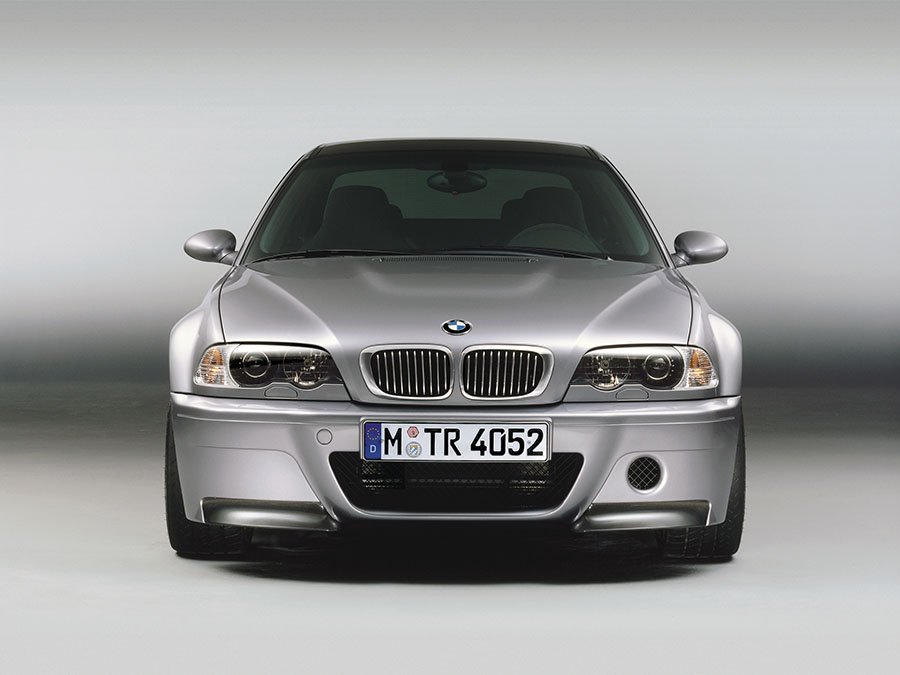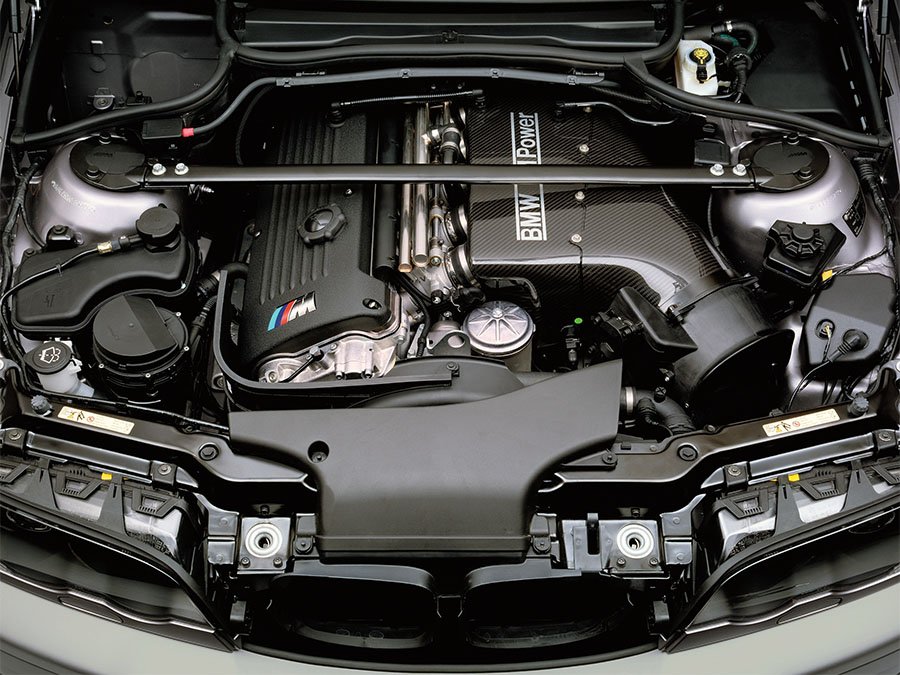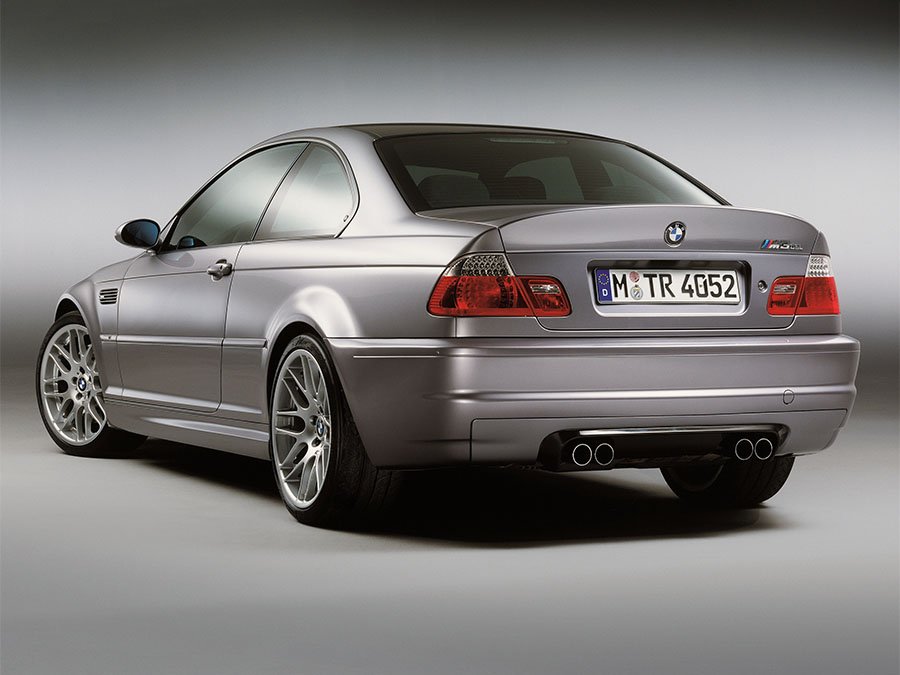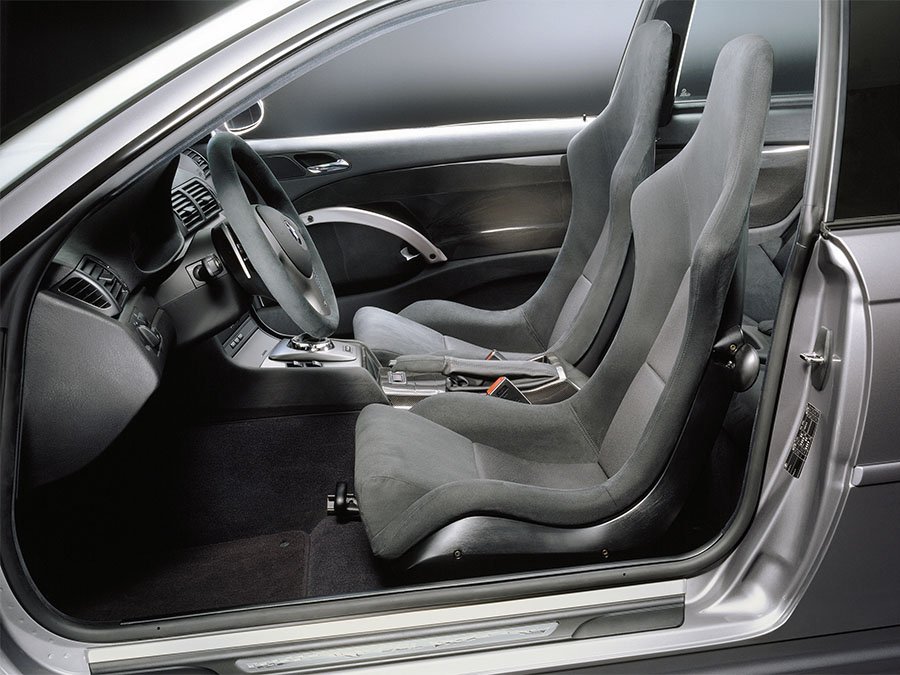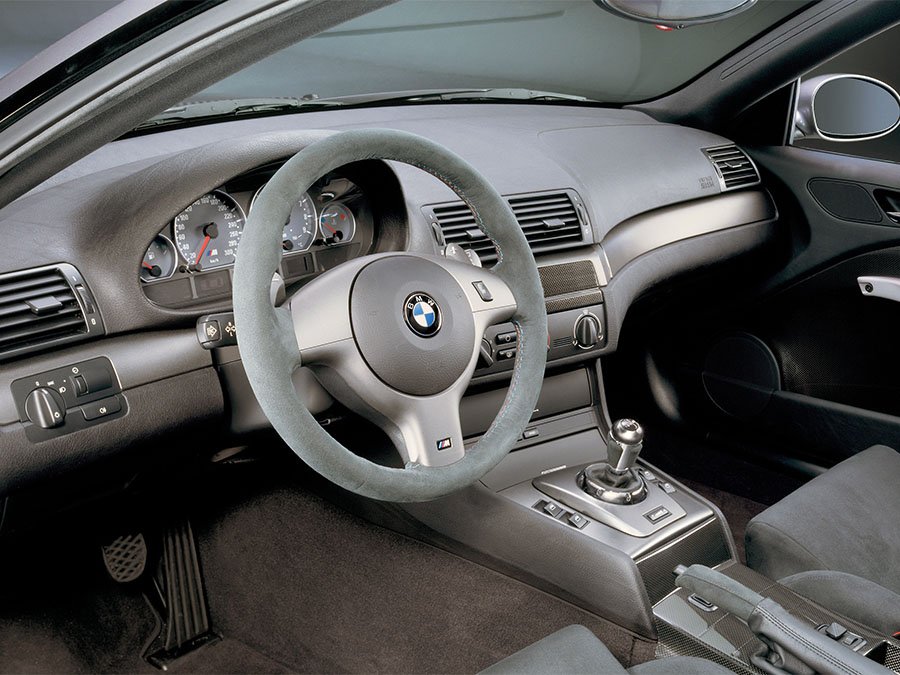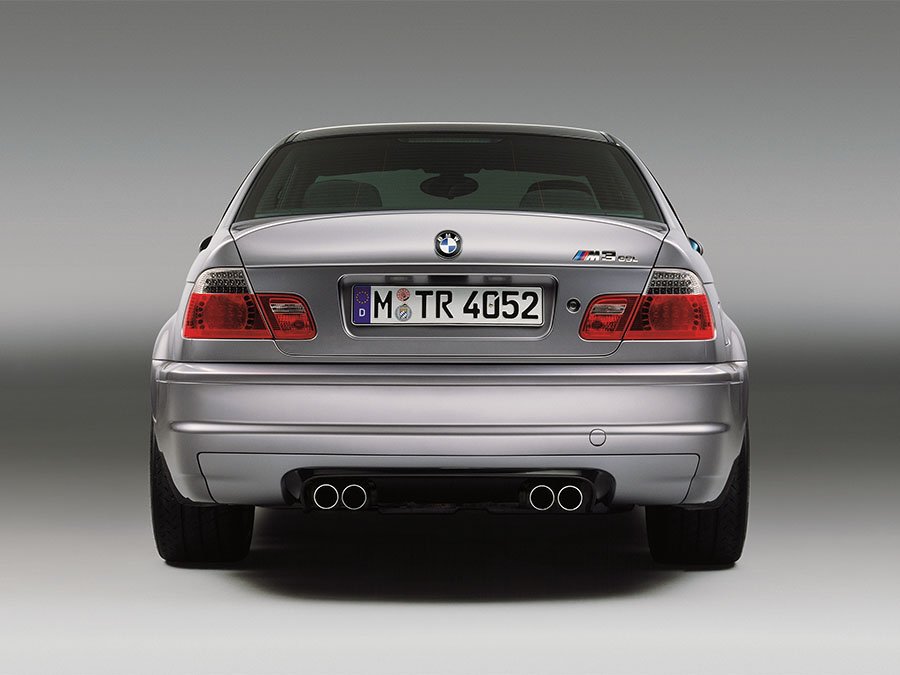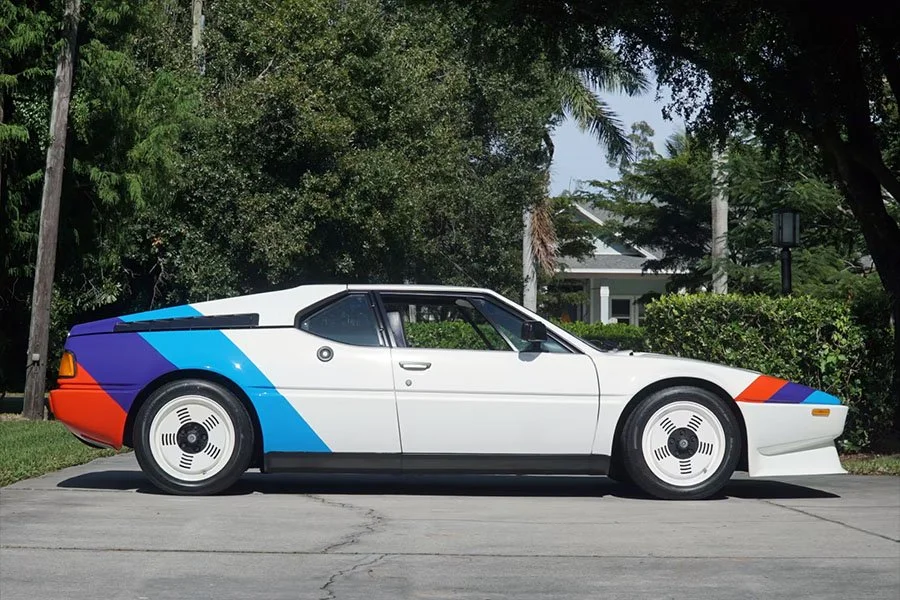Guide: BMW E46 M3 CSL - a Historical & Technical Appraisal
/BACKGROUND
While BMW’s marketing men realised the cachet associated with the famed Motorsport badge could be used to help shift vast quantities of body-kitted but otherwise standard regular models, an even more highly revered moniker seemed lost in the ether.
Back in 1971, BMW Motorsport had launched the E9-based 3.0 CSL with one goal in mind: to end Ford’s domination of top flight Touring Car racing.
The CSL tag stood for Coupe Sport Leichtbau.
Between 1973 and 1977, various racing iterations of the E9 CSL went on to secure myriad titles in everything from the European Touring Car Championship, IMSA and DRM to the Le Mans 24 Hours.
Although the E9 CSL was instrumental in helping to transform BMW’s image, the Coupe Sport Leichtbau tag subsequently disappeared for nearly 30 years.
Inexplicably, it was not revived until an uprated concept version of the critically-acclaimed E46 M3 Coupe was unveiled at the Frankfurt Motor Show in September 2001.
The E46 platform had been used to create the third generation M3. It followed the original E30-based model (constructed in various iterations between 1986 and YEAR) and the subsequent E36 (1992 to 1999).
Whereas the E30 M3 had used BMW’s potent but somewhat unrefined inline four cylinder motor, the subsequent E36 and E46 M3s both ran straight six engines that were renowned for their smooth-running nature. Both had retro-actively served as homologation specials for GT racing cars while the E30 had been created to allow the M3 to go Group A Touring Car racing.
The new E46 M3 CSL was not conceived with competition in mind. Instead, it was simply a European market special with uprated brakes and suspension, a more powerful engine and an array of lightened components that resulted in a near 12% weight-saving over the standard M3 Coupe.
Production began in June 2003 and ran for six months.
CHASSIS
The transition to CSL trim saw the regular M3 Coupe’s pressed steel bodyshell modified to incorporate a Carbonfibre Reinforced Plastic roof panel (GFP).
GFP sandwiched with thermoplastics and foam was used for the trunk floor and rear bulkhead.
The existing front MacPherson strut / multi-link rear suspension layout was enhanced to sharpen up the handling.
Shorter front coil springs were fitted at the front along with stiffer ball bushings at rear.
Spring and shock rates were firmed up and thicker anti-roll bars were installed at both ends (30.8mm front and 22.5mm rear).
A quicker steering rack was installed.
Cross-drilled and ventilated two-piece discs with single-piston calipers were once again fitted all round. The front discs were enlarged from a 325mm to 345mm diameter while the rears were kept at 328mm.
ABS was retained along with power-assisted steering.
Special lightweight 19-inch cross spoke wheels were 8.5-inches wide up front, 9.5-inches wide at the rear and originally came shod with Michelin Pilot Sport Cup tyres.
A standard 63-litre fuel tank was located underneath the rear seat.
ENGINE / TRANSMISSION
In the engine bay was a modified version of the existing S54 straight six engine. As usual, it used a cast-iron block, a light alloy twin cam head with four valves per cylinder and wet-sump lubrication.
For the CSL, BMW Motorsport fitted uprated camshafts, enlarged the exhaust valves and installed a lightweight exhaust system fashioned from thinner steel than the regular M3 item.
The standard car’s conventional mass airflow meter was also removed. Instead, air was drawn directly by the Bosch DME management system which enabled quicker calculations to be made. This more efficient intake system was primarily fabricated from Graphite Fibre-reinforced Polymer (GFP) and routed to the enlarged manifolds via a new circular opening carved out from the left-hand side of the front bumper.
The rest of the CSL engine was more or less unchanged.
It displaced 3246cc thanks to a bore and stroke of 87mm and 91mm respectively.
Compared to regular 3-series engines, these Motorsport-enhanced power units came with finger-type rocker arms instead of bucket-style tappets (for reduced reciprocating mass), a lightweight one-piece aluminium head, a scavenging pump to avoid oil starvation during hard cornering and a high pressure Double Vanos variable valve timing system.
Electronic throttle control offered two M Dynamic Driving Control modes: Normal and Sport.
Peak output was now 360bhp at 7900rpm and 273lb-ft at 4300rpm.
For comparison, the standard M3 pumped out 343bhp at 7900rpm and 262lb-ft at 4900rpm.
Surprisingly, BMW exclusively offered the CSL with the Sequential Manual Gearbox II (SMG II) that had been introduced as an option on the regular M3 since March 2001.
The SMG gearbox used an electro-hydraulically actuated clutch and offered gear shifting via either the gear lever or F1-style paddles mounted behind the steering wheel. It used the same gears and ratios as the standard manual with automatic clutch and gear engagement operated by BMW’s Drivelogic software.
A Launch Control function provided optimised shift times for the fastest possible acceleration from a standing start.
Each CSL used the standard M3 final drive ratio and M Differential Lock (essentially a speed-sensitive limited-slip differential).
The DSC stability system could be switched to M Track Mode via a button on the steering wheel.
BODYWORK
In addition to the GFP roof, the CSL came with a new front bumper fabricated from the same material. The two intakes normally located on either side of the M3’s primary central opening were blanked off in favour of the aforementioned circular duct carved out from the left-hand side. An exposed carbonfibre chin spoiler was another special touch.
To equalise downforce at the back of the car, BMW Motorsport added a re-profiled trunk lid made of Sheet Moulding Compound (SMC) complete with a more pronounced spoiler.
Rear window glass was thinner than before.
Like the front bumper, the one at the rear was also made from GFP. It was mounted on fibreglass-reinforced plastic supports and the lower apron was re-profiled to accommodate the new exhaust system.
CSL badges were added to the trunk lid and the engine cooling vents located on the front fenders.
Only two colours were offered: Silver Grey Metallic and Black Sapphire Metallic.
INTERIOR
Some of the most radical weight-saving measures were made to the CSL’s cockpit.
Super light single-piece GFP front seats were similar to those found in the M3 GTR homologation special. The backs and bases were left exposed with the remainder trimmed in a combination of Anthracite Reflex fabric and Amaretta synthetic alcantara suede.
New bucket seats were installed in the back and trimmed to match the fronts.
To save more weight, electrical equipment was limited to power windows, power mirrors, an auto-dimming rear view mirror, central locking and an onboard computer.
As neither an audio system or cruise control were fitted as standard, BMW Motorsport fitted a simplified steering wheel with a solitary button to activate the M Track Mode stability control.
The steering wheel rim and handbrake handle were trimmed in alcantara suede to match the rest.
Among the most striking new additions were lightweight door and rear quarter inserts constructed from GFP. The door panels were bereft of any armrests and now featured a simplified grab handle. No side airbags were fitted.
The CSL’s centre console was also fashioned from GRP and now housed switchgear for the electric mirrors (moved from the driver’s door).
A standard dash assembly came with Titan Shadow trim as standard. As usual, the main binnacle housed a 300kmh / 180mph Motorsport-branded speedometer and combined 9000rpm tach / water temperature gauge. Smaller read outs for fuel and oil temperature were located on either side and a bank of warning lights were positioned underneath. Red needles were used throughout.
Unique CSL-branded aluminium door sill plates completed the specification.
OPTIONS
BMW offered a number of optional upgrades for the CSL.
At no cost, the CSL badges could be deleted, a smoking pack with lighter and ashtray could be installed and the 155mph speed limiter could be removed.
Other options included 19-inch M Double Spoke II wheels, automatic climate control, a choice of audio systems, Park Distance Control, rain-sensing automatic headlights, a heated or green-tinted windscreen, an alarm, velour floor mats and Bi-Xenon headlights with wash / wipe facility (wash / wipe not available on right-hand drive).
WEIGHT / PERFORMANCE
At 1385kg, the CSL weighed 185kg less than standard M3 Coupe.
The 0-62mph time was four-tenths quicker at 4.9 seconds.
Top speed was electronically limited to 155mph.
END OF PRODUCTION
Production ran from June until December of 2003, during which time, 1383 examples of the CSL were built.
Of these, 841 were left-hand drive and 542 were right-hand drive.
In addition, BMW completed the original 2001 Frankfurt Motor Show prototype and a further 29 prototypes between September 2002 and February 2003.
Text copyright: Supercar Nostalgia
Photo copyright: BMW - https://www.bmw.com
